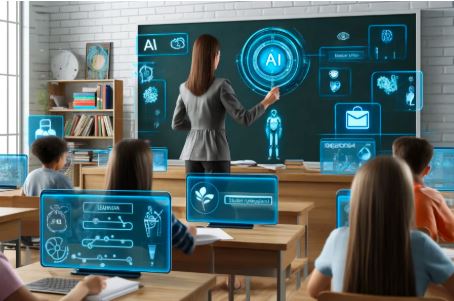Remote learning has become a vital part of modern education, offering flexibility and access like never before. However, it also brings a unique set of challenges for students, teachers, and families alike. Understanding these obstacles and exploring effective solutions can help make remote education more engaging and successful for all.
1. Challenge: Maintaining Student Engagement
In a virtual classroom, it’s easier for students to become distracted. The lack of physical presence can lead to decreased participation and interest.
Solution:
Interactive lessons that include polls, breakout discussions, and multimedia content can help keep students involved. Incorporating project-based assignments and allowing students some autonomy in how they complete tasks can also increase motivation.
2. Challenge: Access to Reliable Technology
Not all learners have equal access to high-speed internet or updated devices, which can affect participation and learning outcomes.
Solution:
Schools and communities can work together to provide loaner devices and mobile hotspots. Teachers can also design low-bandwidth lessons and offer downloadable materials to accommodate limited access.
3. Challenge: Limited Social Interaction
Remote learning can feel isolating, especially for younger students who benefit from social development in a classroom environment.
Solution:
Scheduling regular virtual meet-ups, collaborative group work, and peer review sessions can foster social connection. Encouraging informal check-ins at the start of lessons helps maintain a sense of community.
4. Challenge: Staying Organized and Focused
Without the structure of a traditional school day, students may struggle to manage time, meet deadlines, or stay focused.
Solution:
Digital planners, clear schedules, and consistent routines can support better time management. Teachers can assist by breaking assignments into smaller, manageable tasks and offering regular feedback.
5. Challenge: Supporting Diverse Learning Needs
Each student has a unique learning style, and remote environments may not suit all equally well.
Solution:
Instructors can provide multiple formats of instruction—videos, written materials, and live sessions—to support different preferences. Using tools that offer closed captioning, screen reading, and visual aids ensures greater accessibility.
6. Challenge: Teacher Readiness and Training
Many educators were thrust into remote learning with limited preparation, which can impact lesson quality and confidence.
Solution:
Ongoing professional development in digital tools, virtual classroom management, and online assessment strategies helps educators build the skills needed for effective instruction. Peer support and resource sharing also play a key role.
Conclusion
Remote learning has reshaped education, opening new possibilities and posing real challenges. By actively addressing the issues of engagement, access, structure, and support, schools and educators can create enriching online experiences that benefit all learners. With the right strategies and tools, remote learning can become not just a temporary solution, but a lasting part of educational success.














